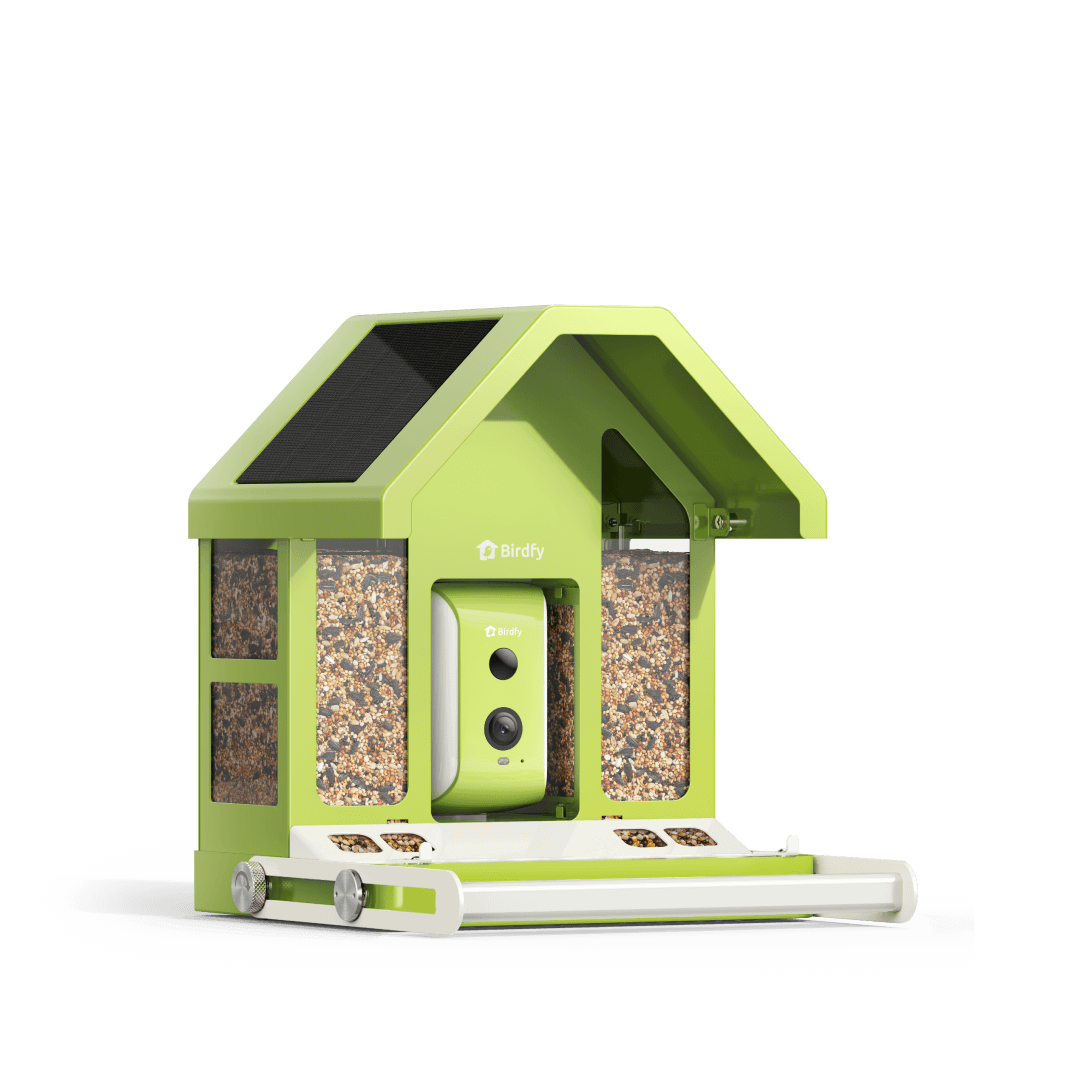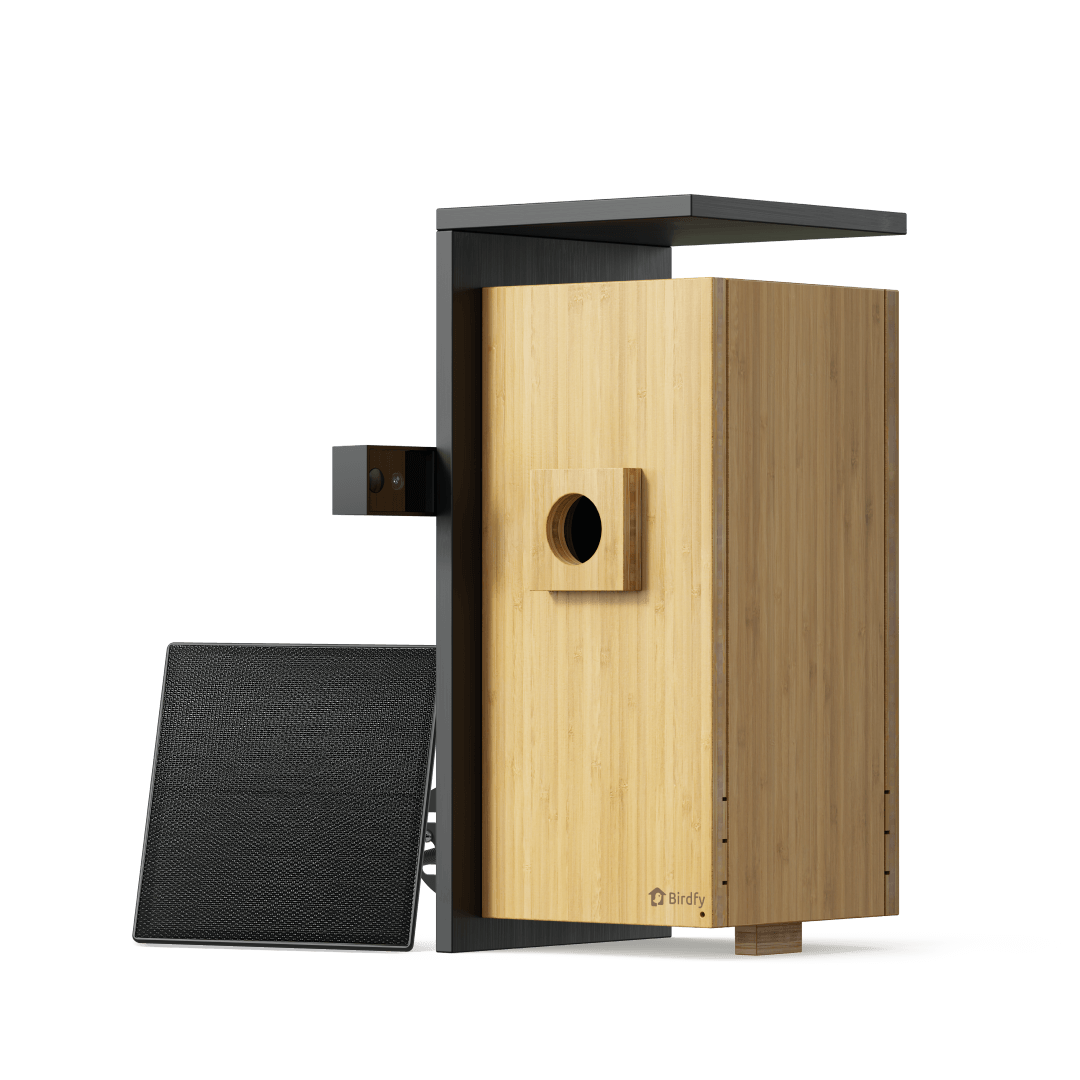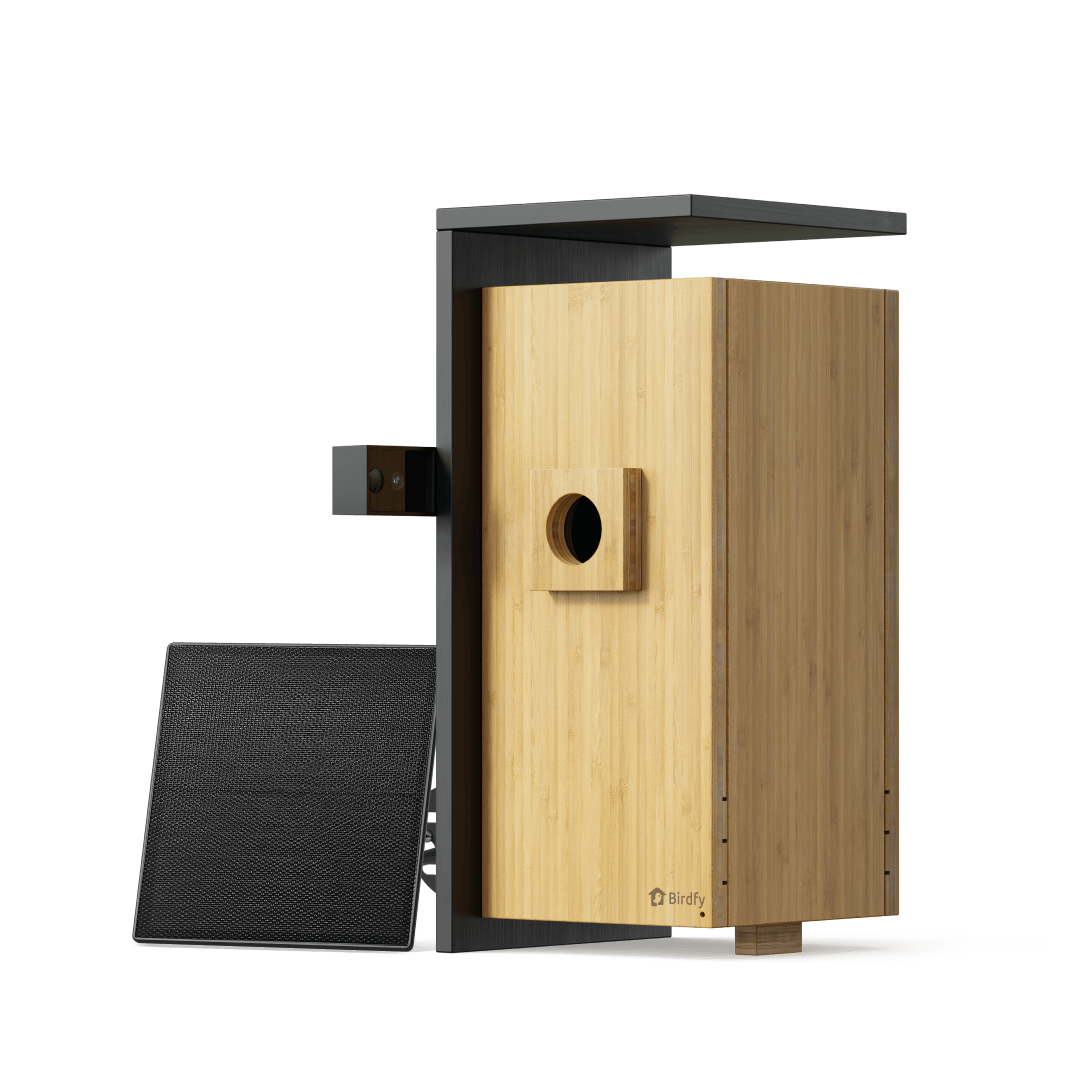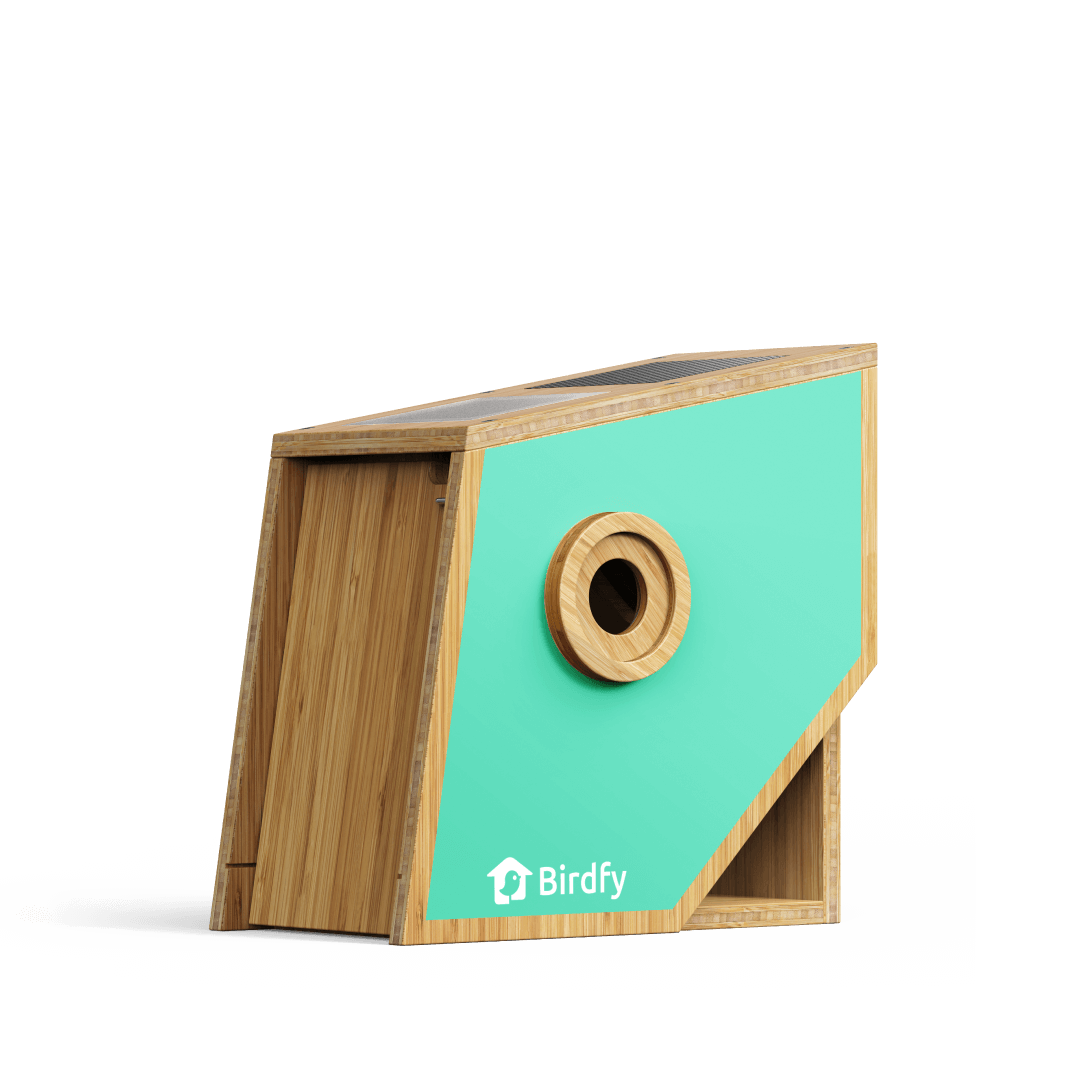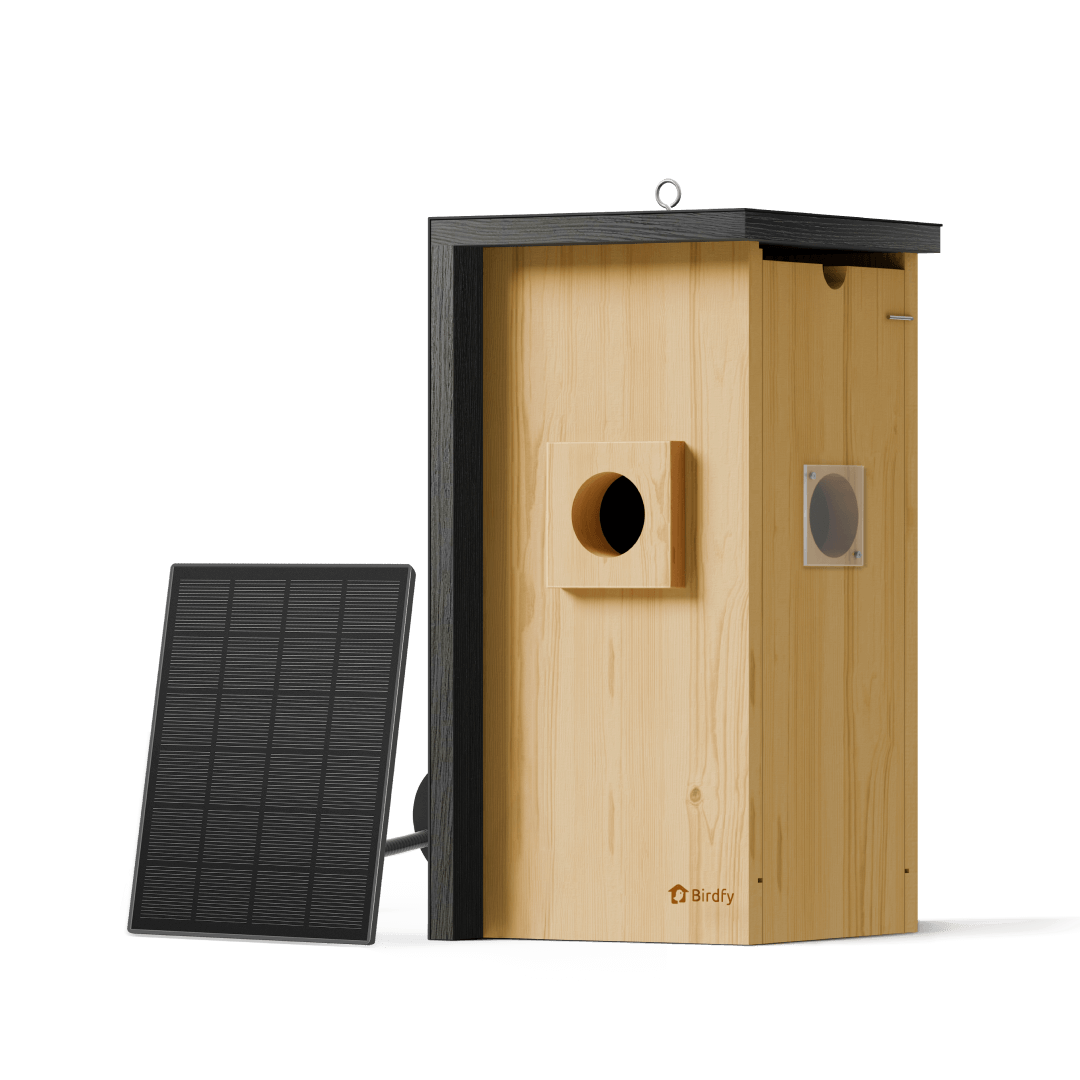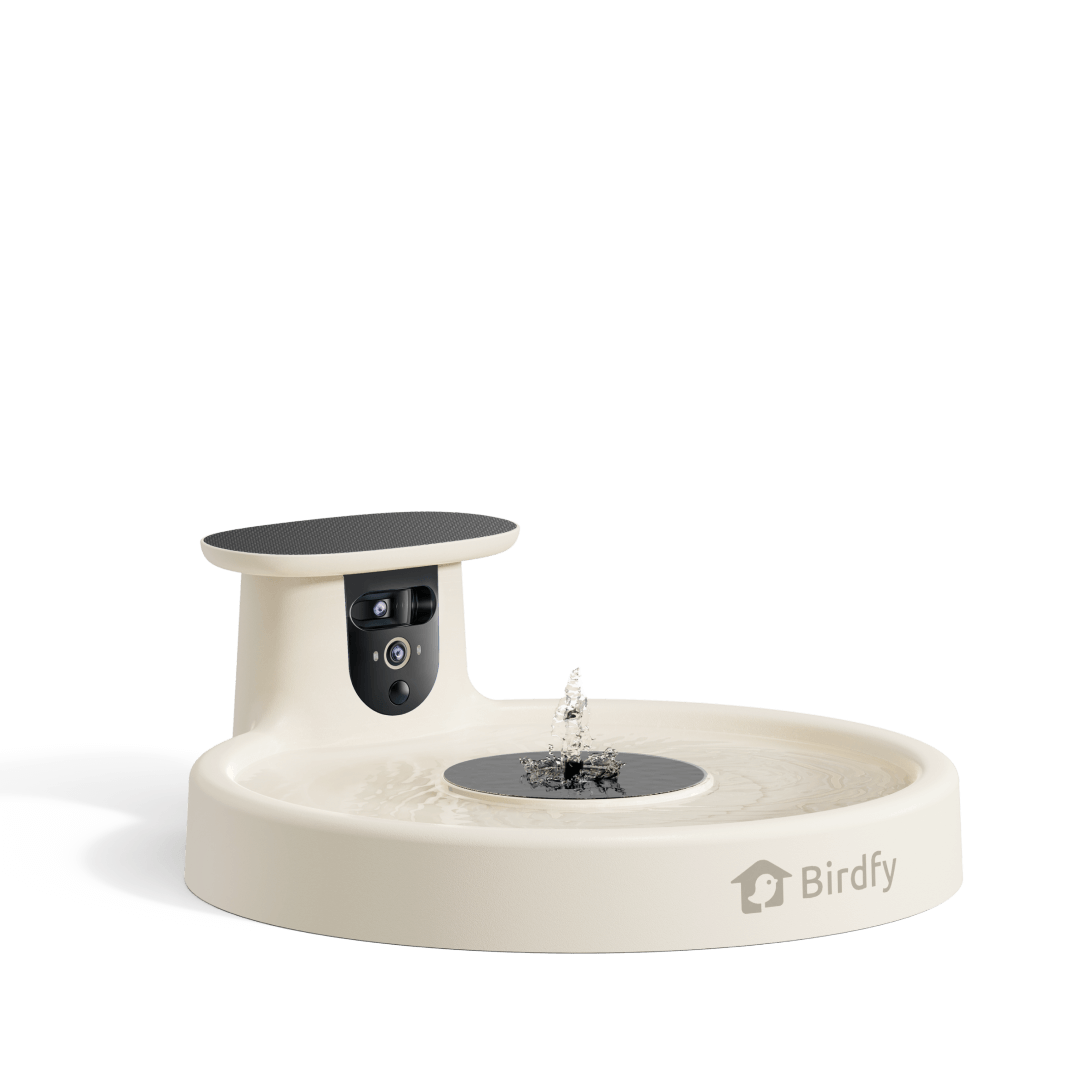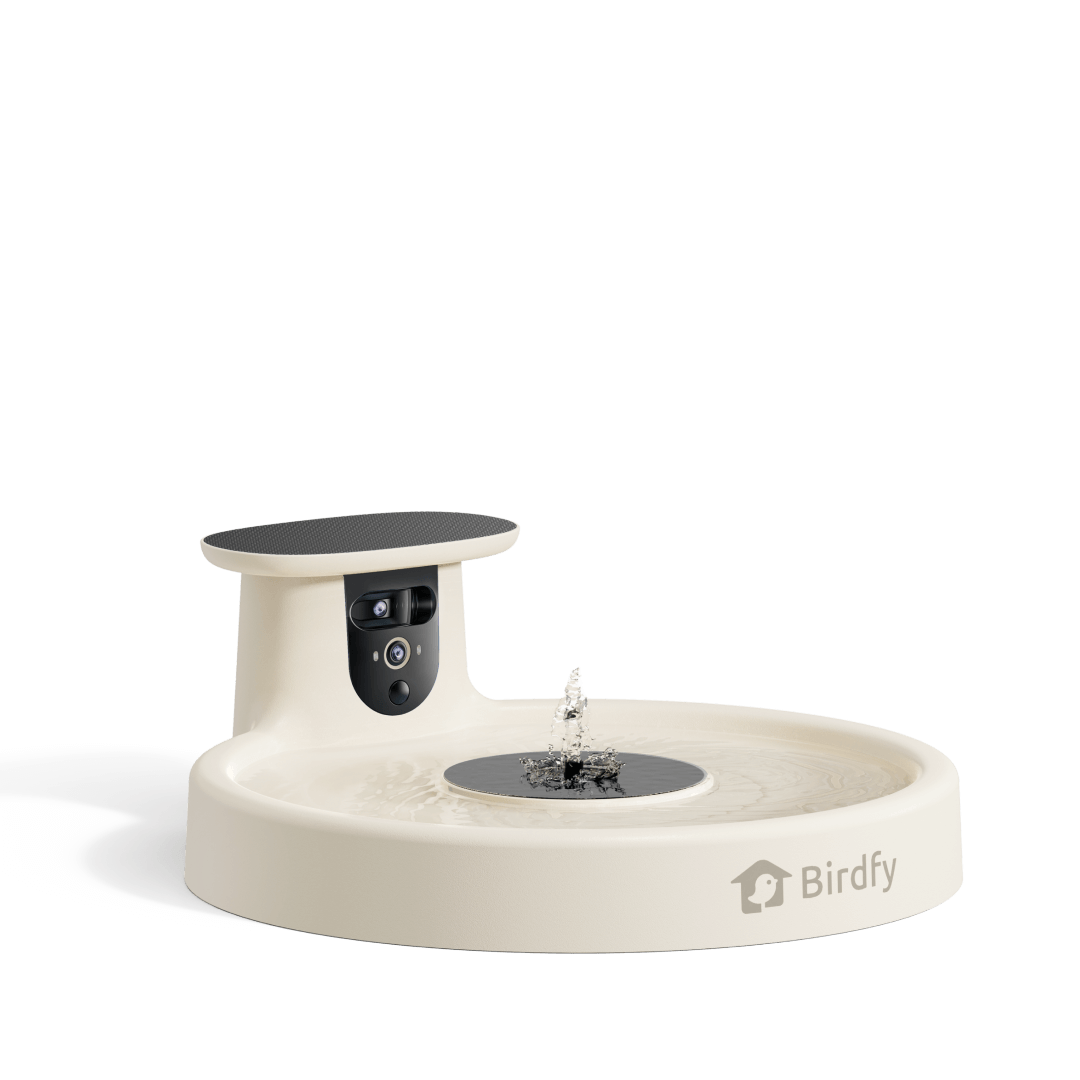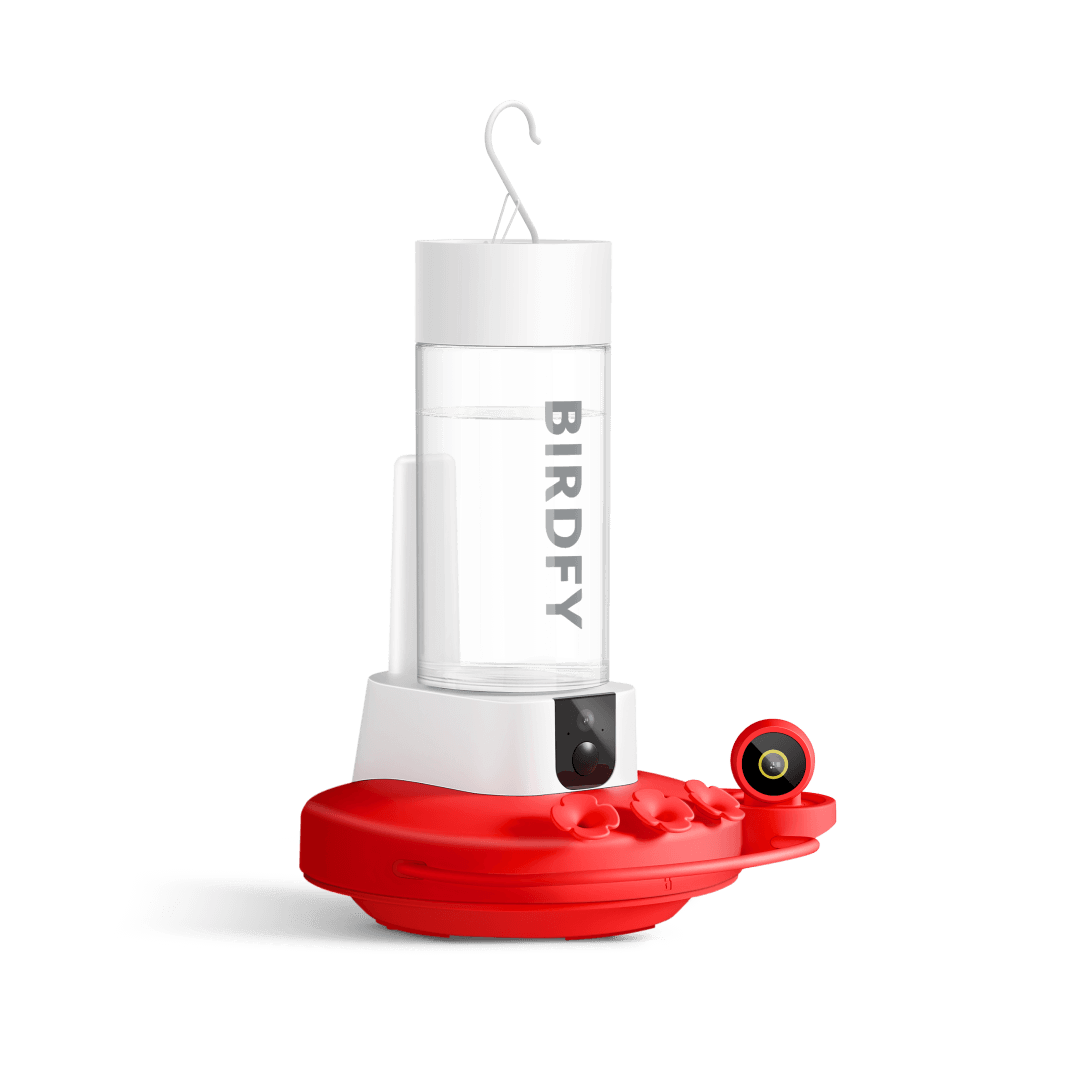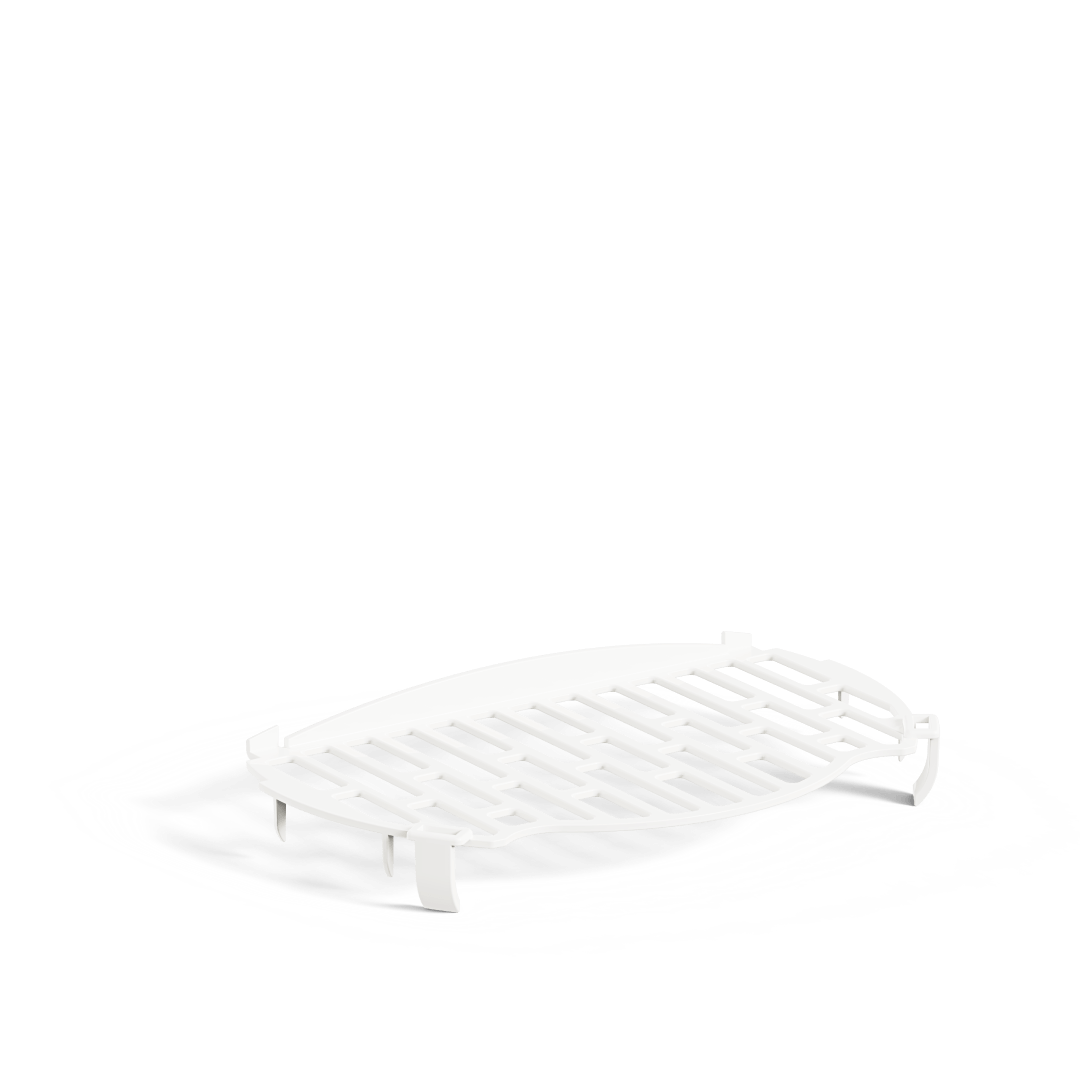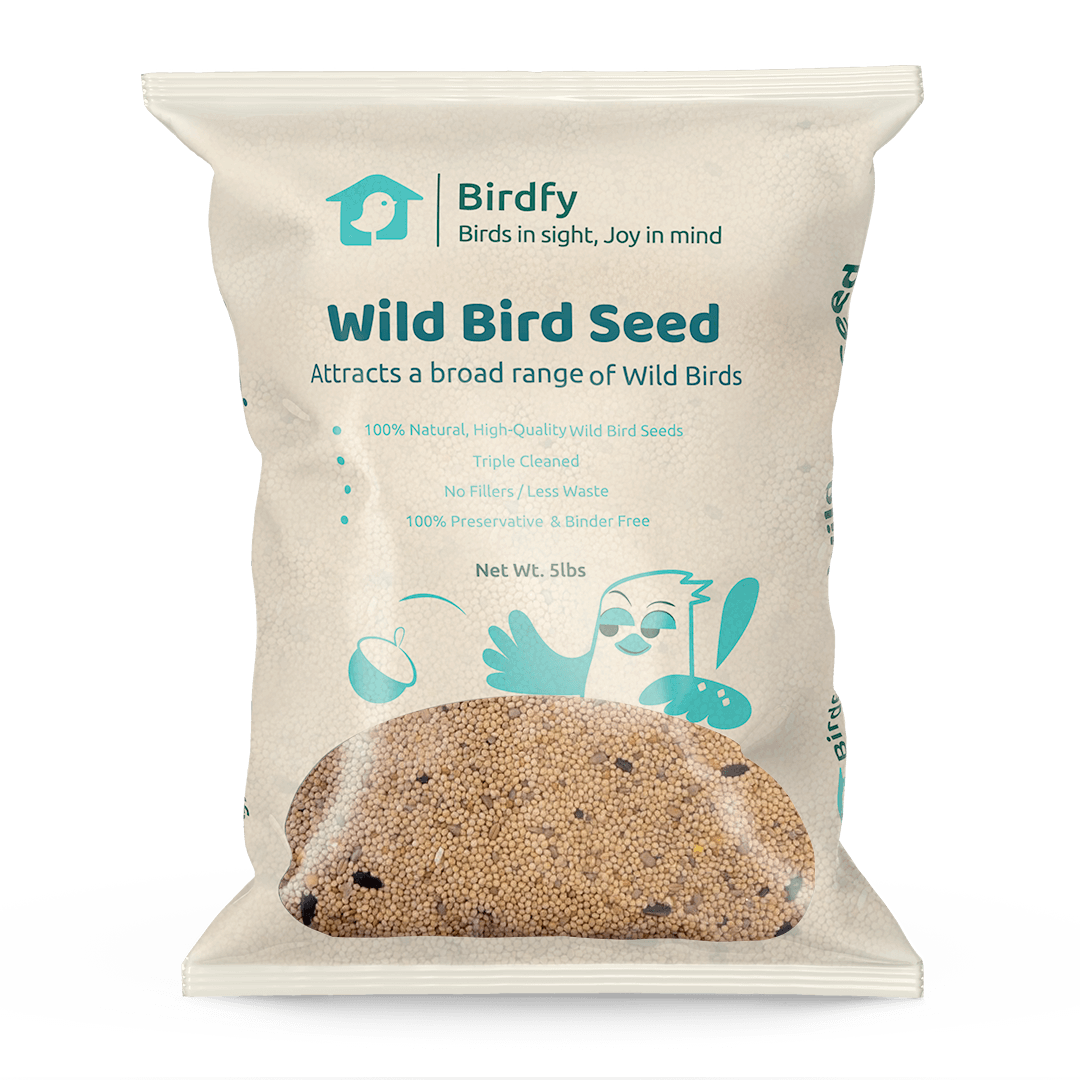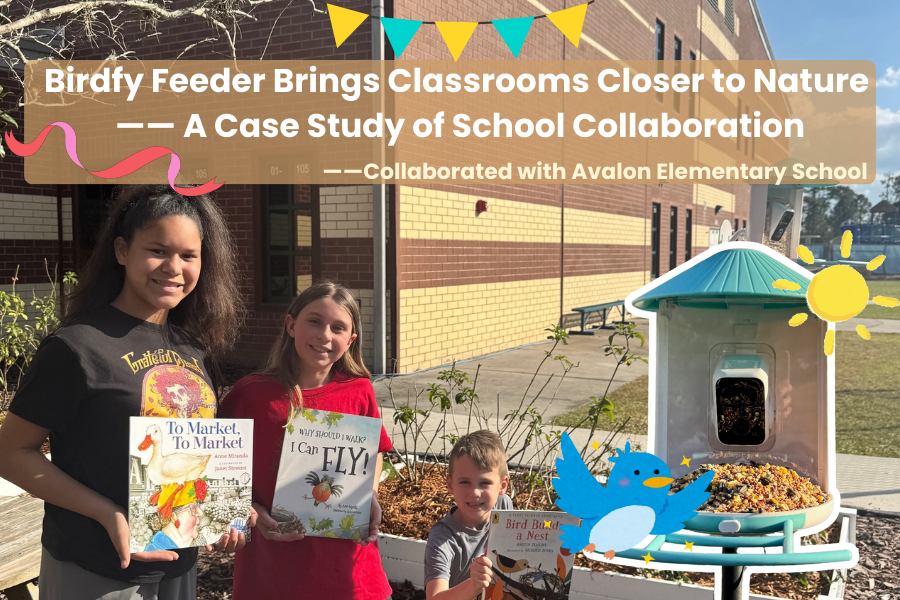The Black-headed Grosbeak Juvenile: A Comprehensive Guide
The Black-headed Grosbeak, known for its striking plumage and melodious song, is a fascinating bird that captivates bird enthusiasts and ornithologists alike. While much attention is given to adult Black-headed Grosbeaks, understanding their juveniles is equally important. This comprehensive guide delves into the life of Black-headed Grosbeak juveniles, covering everything from their appearance and developmental stages to their habitats, diet, and behaviors. By understanding these aspects, we can better appreciate these beautiful birds and contribute to their conservation.

Basic Information about Black-headed Grosbeak Juveniles
Appearance and Development
Black-headed Grosbeak juveniles are a sight to behold, with their distinct yet subtle differences from adult birds. Upon hatching, these juveniles are covered in a sparse layer of down feathers that provide minimal insulation. As they grow, their plumage undergoes significant changes. Initially, their feathers are a muted brown, providing camouflage against predators. This coloration gradually shifts as they mature, with males developing the characteristic black head and bright orange chest, while females retain a more subdued brown and orange coloration.
The growth process of a Black-headed Grosbeak juvenile involves several stages. In the nest, they are entirely dependent on their parents for food and protection. Within a few weeks, their flight feathers develop, and they begin to explore their surroundings. By the time they fledge, which typically occurs around two to three weeks after hatching, they have a more robust plumage but still lack the full coloration of adults. This gradual development helps them blend into their environment and avoid predators while they learn essential survival skills.
Habitat and Geographic Range
Where Do Black-headed Grosbeak Juveniles Live?
Black-headed Grosbeaks are native to North America, with a range extending from the western United States into Mexico. Juveniles are typically found in the same habitats as adults, which include deciduous and mixed woodlands, riparian areas, and forest edges. These habitats provide ample food sources and cover from predators, crucial for the survival of young birds.

The importance of these habitats cannot be overstated. Deciduous forests and riparian zones offer a rich supply of insects and fruits, which form the bulk of the Black-headed Grosbeak's diet. Additionally, the dense foliage provides protection from predators and harsh weather conditions. As juveniles grow and learn to forage, the variety of available food sources helps them develop the skills needed for independent survival.
Nesting and Reproduction
How Many Eggs Do Black-headed Grosbeaks Hatch?
A typical Black-headed Grosbeak clutch consists of three to four eggs. These eggs are laid in a carefully constructed nest made of twigs, grasses, and other plant materials. The female grosbeak is primarily responsible for building the nest, often choosing a location that offers both concealment and easy access to food sources.

The survival rate of these eggs can vary depending on several factors, including predation, weather conditions, and food availability. Parental care plays a crucial role in ensuring the highest possible survival rate. Both parents participate in feeding the chicks, providing a steady supply of insects, which are rich in protein and essential for the growth of the juveniles.
How Long Do Black-headed Grosbeak Juveniles Stay in the Nest?
Juveniles typically remain in the nest for about two to three weeks after hatching. During this period, they are entirely dependent on their parents for nourishment and protection. As they approach the fledging stage, their flight feathers develop, and they begin to make short exploratory flights. Fledging is a critical milestone, marking the transition from nest-bound chicks to more independent birds capable of foraging and avoiding predators.
Diet and Feeding
What Do Black-headed Grosbeak Juveniles Eat?
The diet of Black-headed Grosbeak juveniles primarily consists of insects, which provide the necessary protein for their rapid growth. Parents also feed them small fruits and seeds, which help diversify their diet and introduce them to the foods they will eat as adults. The ability to adapt to different food sources is essential for their survival, especially as they begin to forage independently.

Migration and Interaction
Do Black-headed Grosbeak Juveniles Also Migrate?
Migration is a critical aspect of the Black-headed Grosbeak's life cycle. Adult grosbeaks migrate between their breeding grounds in North America and their wintering grounds in Mexico and Central America. Juveniles undertake their first migration in the fall, typically following their parents or other adult birds. This journey is fraught with challenges, including finding food and avoiding predators, but it is essential for their survival.

The timing of migration is influenced by environmental cues such as daylight and temperature changes. Juveniles must build up sufficient fat reserves to sustain them during the long flight. Their ability to navigate and find suitable stopover sites is crucial for a successful migration.
How Do They Interact with Adult Birds and Adapt to Environmental Changes?
Interaction between juvenile and adult Black-headed Grosbeaks is vital for the young birds' learning and adaptation. Adult grosbeaks teach juveniles essential skills such as foraging, recognizing predators, and navigating their environment. This mentorship is critical during the early stages of independence, helping juveniles adapt to changing conditions and increasing their chances of survival.
Identification Tips
Practical Tips for Identifying Black-headed Grosbeak Juveniles
Identifying Black-headed Grosbeak juveniles can be challenging due to their varying plumage as they mature. Here are some practical tips to help you spot them:
-
Plumage: Look for brown and streaked plumage, which differs from the bold colors of adult males. Juveniles often have a mottled appearance that provides camouflage. The Black-headed Grosbeak juvenile is shown below.

- Size: Juveniles are generally smaller than adults and have a more compact build.
- Behavior: Observe their behavior around feeders and in natural habitats. Juveniles may be more hesitant and less adept at foraging compared to adults.
- Location: Knowing the typical habitats of Black-headed Grosbeaks can help you narrow down where to look for juveniles. Focus on deciduous and mixed woodlands, especially near water sources.
Conclusion
The Black-headed Grosbeak juvenile represents a fascinating stage in the life of this beautiful bird. From their distinctive appearance and developmental stages to their habitat preferences and dietary needs, understanding these aspects provides valuable insights into their life cycle and challenges. By appreciating the complexities of their growth and migration, we can better support their conservation and enjoy the presence of these vibrant birds in our natural environments.
Whether you're a seasoned birder or a novice, taking the time to learn about Black-headed Grosbeak juveniles enhances your bird-watching experience and contributes to the broader effort to protect these remarkable creatures. Keep an eye out for these young birds in your local woodlands, and enjoy the process of observing their journey from fledglings to independent adults.
Share





